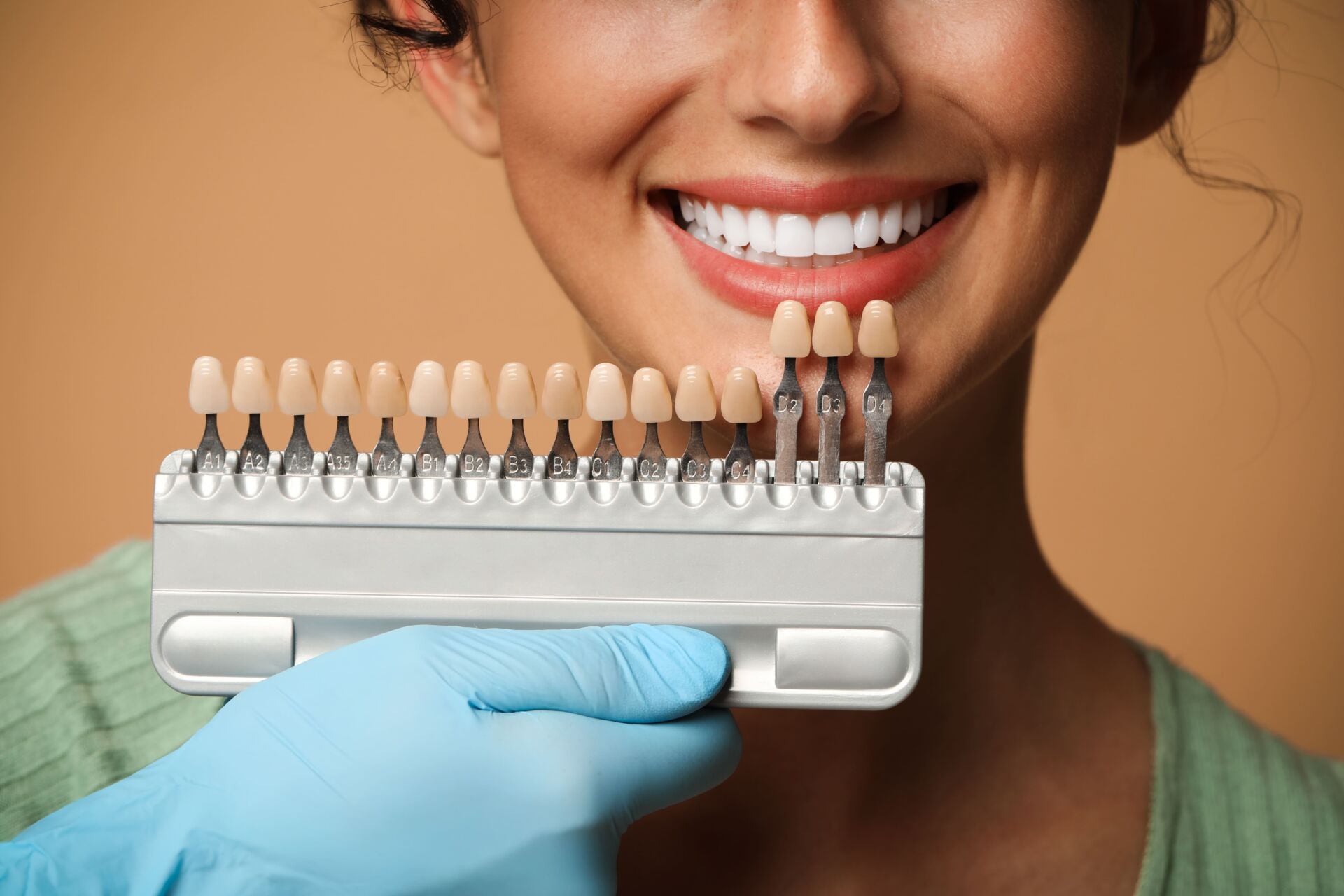Temporomandibular joint disorder (or TMD) affects approximately 10 million Americans, but treating the disorder can often be a challenge. That’s because many people don’t even realize they have TMD in the first place. Temporomandibular joint disorder occurs in the jaw and affects the TMJ, jaw bones and many of the connective muscles. Symptoms of TMD can include headaches, jaw pain, jaw clicking, teeth grinding, neck pain, difficulty chewing, difficulty speaking and difficulty opening and closing the mouth. But many TMD sufferers never realize they have the condition, because the symptoms come and go, and some, like teeth grinding and jaw clicking, can happen without you even realizing it.
But now, a new report by a popular chain of physical therapy clinics has revealed that more millennials are seeking physical therapy to treat their TMD symptoms, and it’s causing some mixed feelings in the medical community.
“The good news is that millennials are recognizing TMD and attempting to do something about it,” says Dr. Alexandra George, a Wexford, Pennsylvania, dentist who specializes in treating TMD with neuromuscular dentistry. “The bad news is that they’re not going about it in the best way.”
That’s because millennials are opting to receive TMD treatment from a physical therapist instead of a dentist – and that choice could shortchange their treatment.
“A neuromuscular dentist is going to be better versed at treating a temporomandibular joint disorder because they know how all the muscles and bones affect the bite,” George says. “A physical therapist can work the muscles, but without advanced knowledge of the teeth, they could actually be making the TMD worse, or causing damage to the teeth.”
That’s because, according to George, a misaligned jaw can cause a condition called bruxism, or teeth grinding, which can cause serious damage to the teeth.
“When you grind your teeth, you are putting excessive pressure on them. The average bit puts 171 pounds of pressure on the molars. Imagine that pressure pushing on your teeth,” she says.
Bruxism can be extremely destructive, causing pitting, cracking and excessive wear of the teeth. It can also fracture fillings and veneers, leaving teeth vulnerable to infection, breakage and even possible tooth loss.
“When a neuromuscular dentist treats TMD, they are looking at the whole picture, not just the teeth, not just the muscles. The goal is to get every part affected by the TMD to work together harmoniously – otherwise you’re not really treating the problem,” George says. “One piece won’t work without the other.”
George, for her part, suggests those who believe they could have a TMD to speak to their dentist first.
“TMD is a dental problem first and foremost,” she says. “Just like you wouldn’t go to a dentist to treat carpal tunnel syndrome, you shouldn’t go to a physical therapist to treat TMD.”



